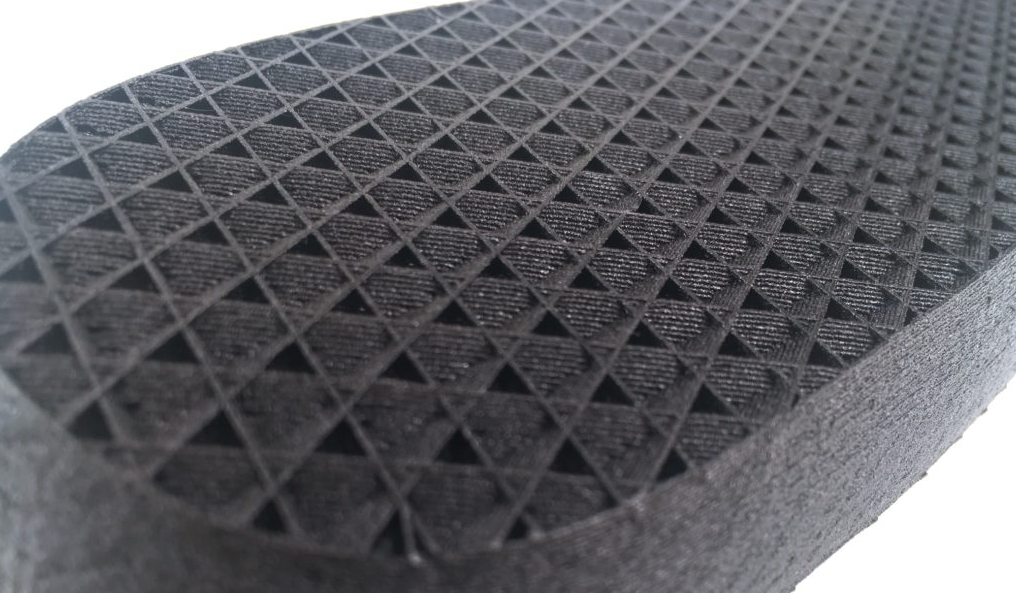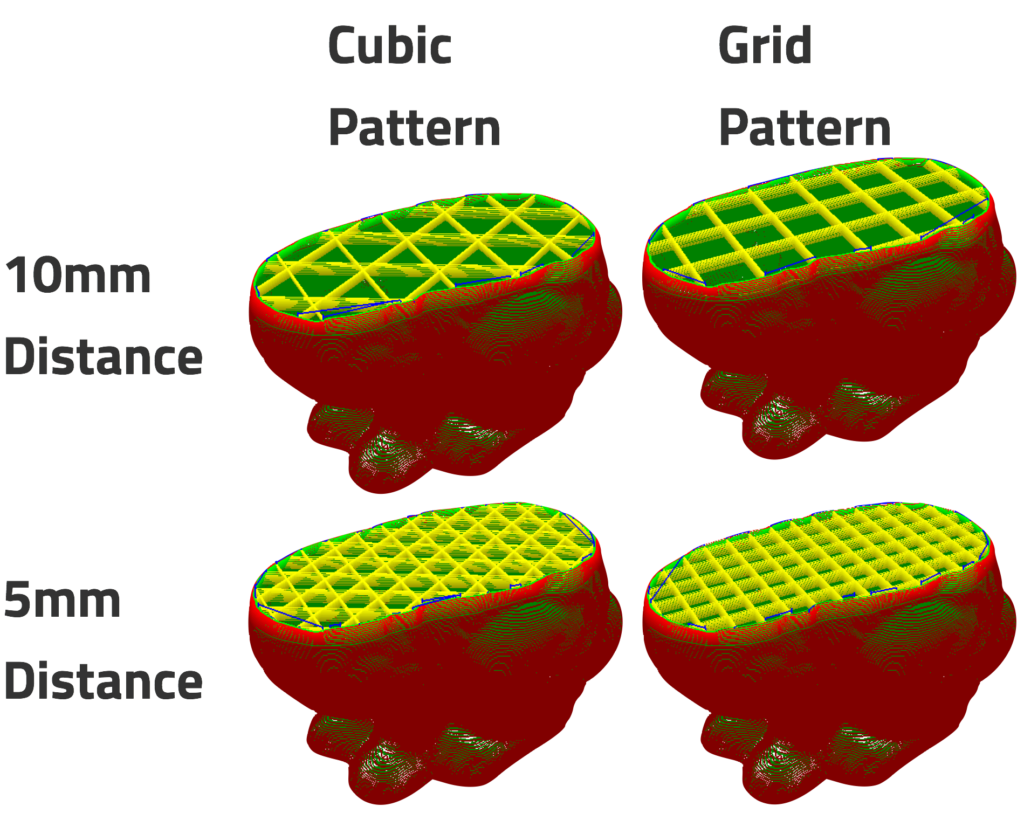 If you are attending RAPID 2016 in Orlando, as our team from 3DPrint.com is this week, then you are well aware of the spectacular—and perhaps even overwhelming—amount of products being shown off in top form. While a show like this is certainly centered around technology, and that which is being released, soon to be released, updated, unveiled, launched—and well, you get it—there’s a lot to see. And if you had a dollar for every time you saw or heard the word technology, you could probably save up enough for a wild couple of days whooping it up in the Magic Kingdom too.
If you are attending RAPID 2016 in Orlando, as our team from 3DPrint.com is this week, then you are well aware of the spectacular—and perhaps even overwhelming—amount of products being shown off in top form. While a show like this is certainly centered around technology, and that which is being released, soon to be released, updated, unveiled, launched—and well, you get it—there’s a lot to see. And if you had a dollar for every time you saw or heard the word technology, you could probably save up enough for a wild couple of days whooping it up in the Magic Kingdom too.
Today though, Type A Machines is inviting us into the realm of methodology, and what’s new there. And if you live within the realm of 3D printing, you are probably going to find this most exciting as the San Leandro, CA based company offers two new concepts, both of which are centered around making the user experience more satisfying in terms of creating internal geometries and using ‘infill’ with 3D printed parts. Absolute Dimensions and 3D Internal Structures have both been designed to ‘dramatically improve’ functions with the use of internal structures, and work together for the desired, ultimate result: quality, accurate parts.
Type A expects the use of these two new innovations to lead to better results than one would find using previous methods, and if you’d like to see for yourself, they are available in a public beta release of Cura Type A, which is available for download.
“Thinking of a part’s internal geometry as infill is to fundamentally misunderstand the role of internal structure in a 3D printed part,” said Andrew Rutter, Type A Machines Founder and CTO. “It is akin to ignoring more than half the object. The term ‘infill’ is inaccurate. We need to understand it for what it truly is, internal structure.”
So as we strike that word from our vocabularies immediately, the next move is to wonder why we need two different, new processes to help us with—ahem!—internal structures. According to Type A, this is a two-step process. While the traditional method for stating the density of a 3D printed part has been in using percentages, that’s often just not accurate enough due to no standard for translating those percentages into density—and ‘significant differences in output exist across various products.’
“… infill is typically built up from a simple 2D pattern repeated on each layer. As a result, engineers, manufacturers, and 3D printer operators cannot accurately predict the mechanical characteristics of the printed part, leaving most to over-engineer in an effort to meet strength requirements – a time consuming, and material wasting practice,” states the Type A Machines team in their latest release.
With the use of Absolute Dimensions, Type A’s goal is for the user to be able to rely on greater precision in measurement for defining inner structures. With just a small adjustment in using millimeters instead, they believe a substantial change will be seen—and offer up much greater reliability in prints.
After the use of Absolute Dimensions has been established, the second step in changing the approach to controlling internal structures is in moving to a new paradigm—and this really is where new methodology comes in—“allowing for a true 3D isotropic structure throughout the object.” They recommended leveraging True 3D Internal Structure, defined by Type A as an infinitely repeating tessellating cubic lattice, providing isotropic strength (equal in all directions), predictable print times, reliable results, and more predictable and consistent part performance.
 These new innovations on the part of Type A Machines are recommended if you are looking for superior results—and functional 3D prints. They emphasize that this will be much easier to achieve when the internal structure of a print is taken just as seriously as the external. Both new processes are found to be key in in the public beta release of Cura Type A 1.5.
These new innovations on the part of Type A Machines are recommended if you are looking for superior results—and functional 3D prints. They emphasize that this will be much easier to achieve when the internal structure of a print is taken just as seriously as the external. Both new processes are found to be key in in the public beta release of Cura Type A 1.5.
Type A Machines makes both the Series 1TM and Series 1ProTM 3D printers, and the industry-first Print PodTM, a centrally-managed manufacturing solution scalable up to 60 individual Series 1 3D printers. Their Type A Machines Print Pod is a parallel production FFF Additive Manufacturing solution delivering lower cost-per-part as compared to injection molding. Type A recommends it for print farms, low volume production, labs, classrooms, and other heavy printing environments. Discuss Type A further in the New Methodologies for 3D Printing forum over at 3DPB.com.
Subscribe to Our Email Newsletter
Stay up-to-date on all the latest news from the 3D printing industry and receive information and offers from third party vendors.
You May Also Like
Gorilla Sports GE’s First 3D Printed Titanium Cast
How do you help a gorilla with a broken arm? Sounds like the start of a bad joke a zookeeper might tell, but it’s an actual dilemma recently faced by...
Nylon 3D Printed Parts Made More Functional with Coatings & Colors
Parts 3D printed from polyamide (PA, Nylon) 12 using powder bed fusion (PBF) are a mainstay in the additive manufacturing (AM) industry. While post-finishing processes have improved the porosity of...
$25M to Back Sintavia’s Largest Expansion of Metal 3D Printing Capacity Since 2019
Sintavia, the digital manufacturing company specializing in mission-critical parts for strategic sectors, announced a $25 million investment to increase its production capacity, the largest expansion to its operations since 2019....
Velo3D Initiates Public Offering in a Bid to Strengthen Financial Foundations and Drive Future Growth
Velo3D (NYSE: VLD) has been among a number of publicly traded 3D printing firms that have attempted to weather the current macroeconomic climate. After posting a challenging financial report for 2023,...
































